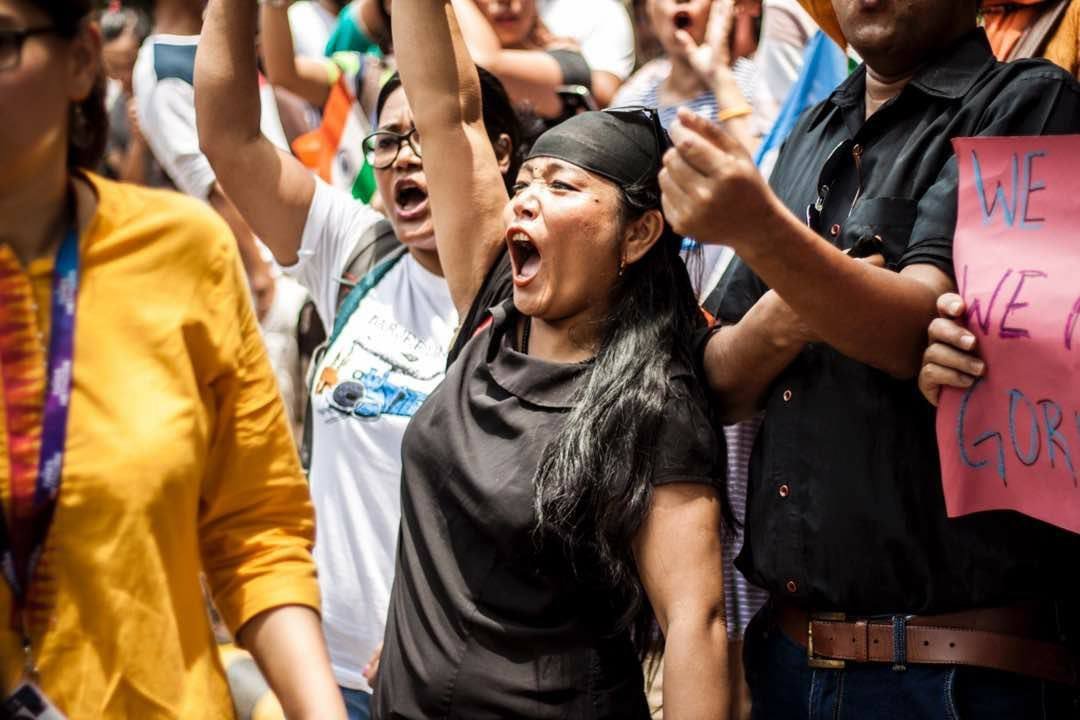For the past few day, Darjeeling has turned into a battle zone. The Gorkhaland movement, the demand of a new state by the people of the Darjeeling district, has gained more momentum than ever. The recent spate of protests is a reaction to the Bengal Government’s “imposition” of the Bengali language. Last month, the Mamata Banerjee government declared that Bengali will be made compulsory in all schools. Gorkha Janamukti Morcha, the dominant party in the hills which campaigns for the creation of a separate state, vehemently opposed this step. But this is not the first time that language has played an important role in the chequered history of the Gorkhaland movement.

The beginning
The Gorkhas of north Bengal have demanded a separate administrative unit in Darjeeling since 1907. Even then, the Nepali language played an important role in the scheme of things.
In 1917, in a petition of the Hillmen’s Association to Edwin Montague (the then secretary of state for India) it was stated that “Darjeeling’s inclusion in Bengal was comparatively recent and only because the British were rulers common to both places. …Historically, culturally, ethnically, socially, religiously and linguistically there was no affinity whatsoever between Bengal and Darjeeling.”
The first wound- Nepali was not included as a national language in 1951
It was a miscalculation on part of a district census officer that led to this language movement, it seems. If we were to go by Michael Hutt’s seminal book on the Nepali Diaspora— Being Nepali without Nepal: Reflections on a South Asian Diaspora, in the 1951 census the then District Census Officer A. Mitra, (ICS) stated that only 19.96% of the population (numbering a total population 88,958) in Darjeeling district spoke Nepali.
According to Hutt, only Kami, Damai, Chettri , Brahmin, and Sarki as Nepali speaking– while the rest of the hill populace Limbu, Gurung, Rai, Mangar, Sherpa, Newar, Lepcha and others whose lingua franca was also Nepali were counted as separate entities on the grounds of having their own dialects. Hutt claimed that the total Nepali speaking population in Darjeeling District at that time was 66% (2.90 lakhs). Because of this, Nepali was not included as one of the national languages of India.
This wound is still fresh in the hearts of most Nepali-speaking people of the Darjeeling hills.
The struggle for the recognition of the Nepali language
In 1961, when Nepali was recognized as an official language of West Bengal, it seemed too little, too late. In 1992, Nepali was recognized as one of the Official Languages of India under the VIIIth Scheduled of Indian Constitution after years of campaigning by language activists. Yet, till date Nepali is not offered as an optional subject in the West Bengal Civil Services Examination.
In 2011, right after coming to power, CM Mamata Banerjee had included Nepali as one of the six “second official” languages of the state. She also included Nepali as one of the languages for answering question papers in the examinations by the Public Service Commission in February 2016. In April 2016, the State Bank of India included Nepali in the revised list of official languages for its recruitment procedure in West Bengal.
However, the people of the Darjeeling hills want more. “Why can’t we answer the language in our own language? Because of this hundreds of Nepalis lose out on important government jobs. Why is a language which is integral part of India given the short shrift?” asks Upendra Pradhan, of The Darjeeling Chronicle, an online news forum, which has actively campaigned for the inclusion of Nepali language as an optional language.
All images sourced from the Facebook page of The Darjeeling Chronicle

















